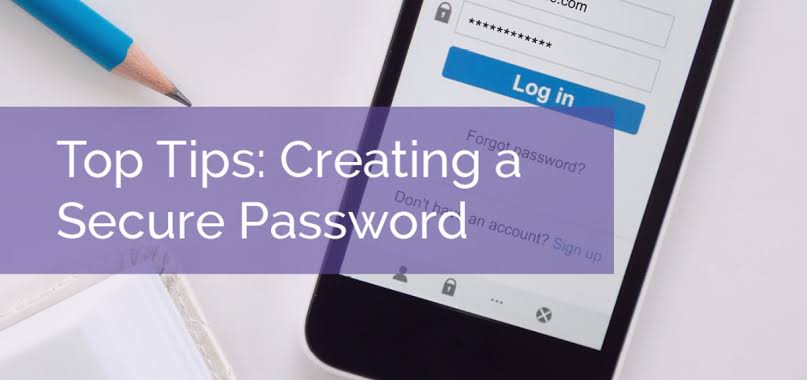In today’s digital environment, password security is one of the most important defenses against cyberattacks. Weak or poorly managed passwords often provide the easiest entry point for hackers. For businesses, organizations, and even individuals, creating a secure password policy is essential to safeguard data, accounts, and sensitive systems. A well-designed password policy not only strengthens protection but also guides users to adopt better security habits.
Understanding the Importance of a Password Policy
A password policy is a set of rules designed to enforce strong authentication practices. Its purpose is to minimize risks from password guessing, brute-force attacks, and credential theft. Without a proper policy, users may create short, predictable, or reused passwords, making it easier for attackers to exploit. A good policy balances security and usability so that users can follow the guidelines without unnecessary frustration.
Encourage Strong Password Creation
The foundation of a secure password policy lies in encouraging users to create strong, unique passwords. Strong passwords are harder to crack and significantly reduce the risk of unauthorized access. To achieve this, policies should recommend:
- Minimum length of at least 12 characters
- Use of uppercase and lowercase letters
- Inclusion of numbers and special characters
- Avoidance of dictionary words or personal information
The goal is to make passwords complex enough to resist attacks while still being memorable for the user.
Discourage Password Reuse
One of the most common mistakes users make is reusing the same password across multiple accounts. If one account is compromised, attackers can try the same credentials on other platforms through credential-stuffing attacks. A password policy should clearly state that every account must have a unique password. Encouraging the use of password managers can help users remember multiple strong passwords without relying on weak or reused ones.
Implement Regular Password Updates
Although frequent password changes can cause user frustration, periodic updates are still important in certain environments where risks are high. A secure policy may require password changes every 90 to 180 days, depending on the sensitivity of the system. However, the focus should remain on password strength rather than just frequent changes. Forced changes too often may push users to create weaker or repetitive variations.
Use Multi-Factor Authentication (MFA)
Even the strongest password can still be compromised. Adding multi-factor authentication provides an extra layer of security. MFA combines something the user knows (password) with something they have (mobile device, security token) or something they are (biometrics). A good password policy should encourage or mandate MFA for sensitive accounts, ensuring that stolen passwords alone are not enough to gain access.
Avoid Common and Compromised Passwords
Many users still rely on simple and predictable passwords like “123456” or “password.” Hackers often attempt these first, as they are widely known. Organizations can integrate password-blocking tools that prevent users from setting easily guessable or compromised passwords. Some systems also check new passwords against databases of previously leaked credentials, reducing risks of using already exposed passwords.
Encourage the Use of Password Managers
Remembering multiple complex passwords is difficult for most users. A secure password policy should encourage the use of password managers. These tools securely store login details and can generate random, strong passwords for each account. With this approach, users only need to remember one master password, reducing the likelihood of weak or reused credentials.
Limit Login Attempts and Lock Accounts
To prevent brute-force attacks, policies should include limits on failed login attempts. After a certain number of incorrect tries, accounts can be temporarily locked or require additional verification. This measure helps stop automated bots from repeatedly guessing passwords until they succeed.
Educate Users on Security Awareness
Even with a strong policy, users need to understand the reasoning behind it. Regular training and reminders should be part of any password strategy. Users should know about phishing attacks, social engineering, and the importance of keeping passwords private. Education empowers users to follow the policy consistently and responsibly.
Balance Security with Usability
An overly strict password policy may frustrate users, leading them to find shortcuts such as writing down passwords or creating patterns that weaken security. The best approach is to balance strong requirements with practicality. For example, combining strong passwords with MFA reduces the need for extremely frequent password changes while maintaining high security.
Conclusion
A secure password policy is a cornerstone of digital protection. By focusing on strong password creation, avoiding reuse, encouraging password managers, integrating multi-factor authentication, and educating users, organizations can build a more resilient security framework. Balancing security with usability ensures that the policy is both effective and practical.
Strong passwords, combined with smart practices, make it significantly harder for attackers to exploit vulnerabilities, protecting individuals and businesses alike in a constantly evolving cyber landscape.




Awesome
Amazing
Nice read